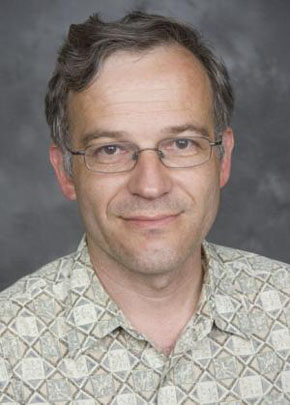
The discovery of the Higgs boson is very important for our understanding of the fundamental building blocks of the universe. Until July 4, 2012, we had a theoretical model for the interactions of fundamental particles, called the standard model. This model agreed with all measurements that had been done.
However there was no direct evidence from experiment for one aspect of this model. An important question is how fundamental particles receive their mass. In the standard model this is achieved through the so-called Higgs mechanism. This predicts that as an artifact of the mass generation, there should be a physical particle, called the Higgs boson. No experiment had been able to observe this particle however. The properties of the Higgs boson are precisely predicted by the standard model except for its mass, which could be anywhere in a rather large window.
The discovery of the 125 GeV particle announced on July 4, 2012, with properties that were consistent (within the large uncertainties at that time) with the Higgs boson resolved this uncertainty. Now it seemed that the Higgs boson indeed existed, confirming the Higgs mechanism. This is a huge step forward in our understanding of elementary particles.
At the time of the first announcement only some of the properties of this new particle could be determined and only with large uncertainties. Since then much more data were analyzed, more properties could be measured and with smaller uncertainties. The properties of the new particle are still consistent with being a Higgs boson. This of course increases our confidence that this is indeed a Higgs boson. At this point I don’t think there are many people in the particle physics community who seriously doubt that this is a Higgs boson.
One should realize of course that there are many details in the mass generation mechanism that we do not know yet. For example: In the standard model the assumption was made that there is only one Higgs boson which gives mass to all elementary particles. However one could equally well construct a theory in which there are two or more Higgs bosons each of which give mass to different classes of particles. The observed particle so far looks consistent with the exact way in which the standard model implements the mass generation mechanism but we don’t really know this for sure yet and this is still a matter of discussion. To resolve it more data are needed.
Another open question is whether this particle is fundamental — as we believe the electron to be — or composite like the proton, which is made of quarks and gluons? We cannot tell right now. Again — more data are needed.
Another aspect is the relatively small mass of this Higgs particle. The standard model cannot explain why the Higgs boson is so light. Naturally it should be much more massive even though an exact value cannot be predicted. That it is so light is either a huge coincidence or the result of physical principles (new particles, interactions or symmetry principles) that we have not yet discovered.
So — we are pretty sure it’s a Higgs boson. What comes next: We will study it in detail to understand whether the standard model gives the complete picture of this particle or whether there are deviations. Any deviations would give us an idea how we have to extend the standard model. At Brown we are especially interested in finding the new physics it implies.
